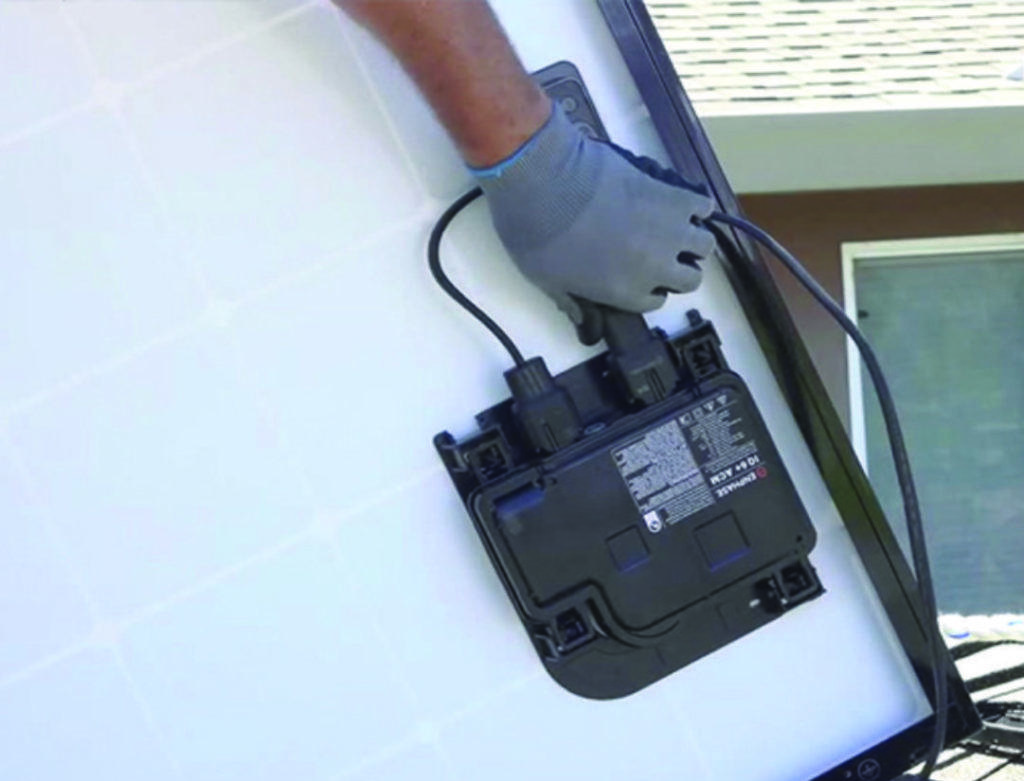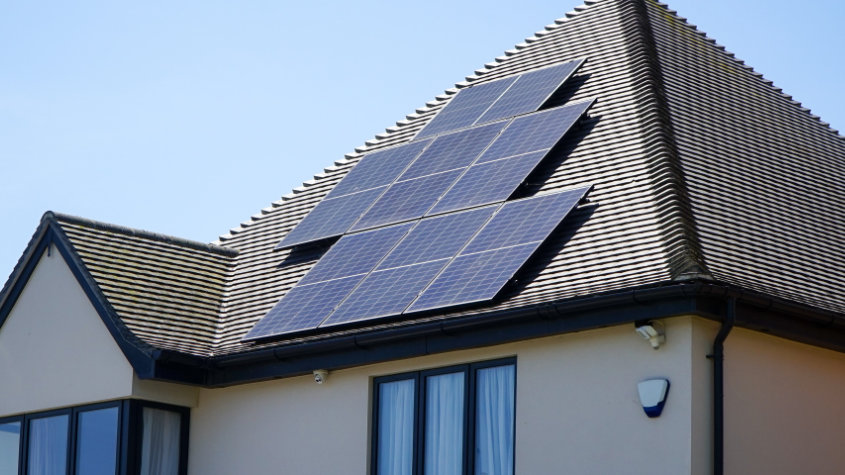For many people understanding the parts of a rooftop solar terminologies may seem daunting. It is easy to get lost in terminology like alternating current, grid connectivity and micro-inverters. Don’t worry. Once you understand the pieces of the system it is easy to see how they all work together.
Solar Panels
Solar panels are the large, blue, or black rectangular panels you see on people’s roofs. There are many different brands and designs of panels for different purposes. Some work better in shady conditions, some better withstand high heat and some are even designed to capture reflected light. The panel you choose will be influenced by your budget, climate, and the unique conditions present on your rooftop. When a solar contractor comes out to your home they will present you with a variety of options. You should make sure you understand the unique features and the accompanying warranty of the panels you select. Solar Panels
A popular way to mount solar panels on your home is with a roof-mounted rack. Like your panels, there are a variety of styles suited to different environments. Some systems have the ability to move the panel to track the sun throughout the day while others remain stationary. The style you choose will depend on your goals, the orientation of your roof, and the load your roof can sustain. It is important to consult an experienced solar professional to find the best solution for your home. You’ll need to ensure your warranty covers all parts and labor of your solar panel system, including the roof rack.
Inverter

All solar systems require an inverter. Its purpose is to convert the electricity from your solar panels into a format that can be used by the grid and in your house.
There are two main types of inverters on the market: an inverter that converts the collected electricity generated by an array of panels, or a micro-inverter that converts the electricity generated from each individual panel.
Micro- inverters are common in newer systems as they tend to be more efficient, particularly in sub-ideal situations like partially shaded systems.
Solar Battery Pack
Batteries store the electricity generated by your solar panels and power your home at night or other times when the system is not producing electricity. Battery Packs are an optional component to your system. They are primarily used by people interested in disconnecting from the electrical grid, or as a backup system for when the grid fails.
Power Meter
If your home is connected to the electrical grid you likely already have a power meter. The utility company uses the meter to measure how much power your home draws. When you install a solar system your power meter will fulfill an additional purpose. It will measure how much electricity your solar panel system is generating, how much surplus energy flows from your system into the grid, and how much energy flows from the grid back into your home.
During the day, you may even see your power meter spinning backwards! When you install your system, you can have your power meter hooked up in two different ways. ‘After the meter’ means your home uses electricity you generate first and any additional power generated is sold to the local utility grid. ‘Before the meter’ means the electricity from your system goes directly into the grid and any power your home draws also comes directly from the grid. You will want to understand any local incentives before you decide on how your meter is installed.

Breaker Panel and Junction Box
A breaker panel is critical to the safety of your home. If an electrical fault overloads the wires, the breakers will trip and prevent electrical fires. Another important safety feature for your system is a junction box, which is a square enclosure which houses the electrical connections. These features will be installed at the same time as your system.
Though installing a solar system may seem like a big job, the pieces that go into it are quite easy to understand. A good solar installation professional will be able to show you all of the pieces of the system, where all of the components will be located and how they are installed. They can also advise you on brands, incentives and any other factors that may affect your roof. Enjoy the sunshine.
